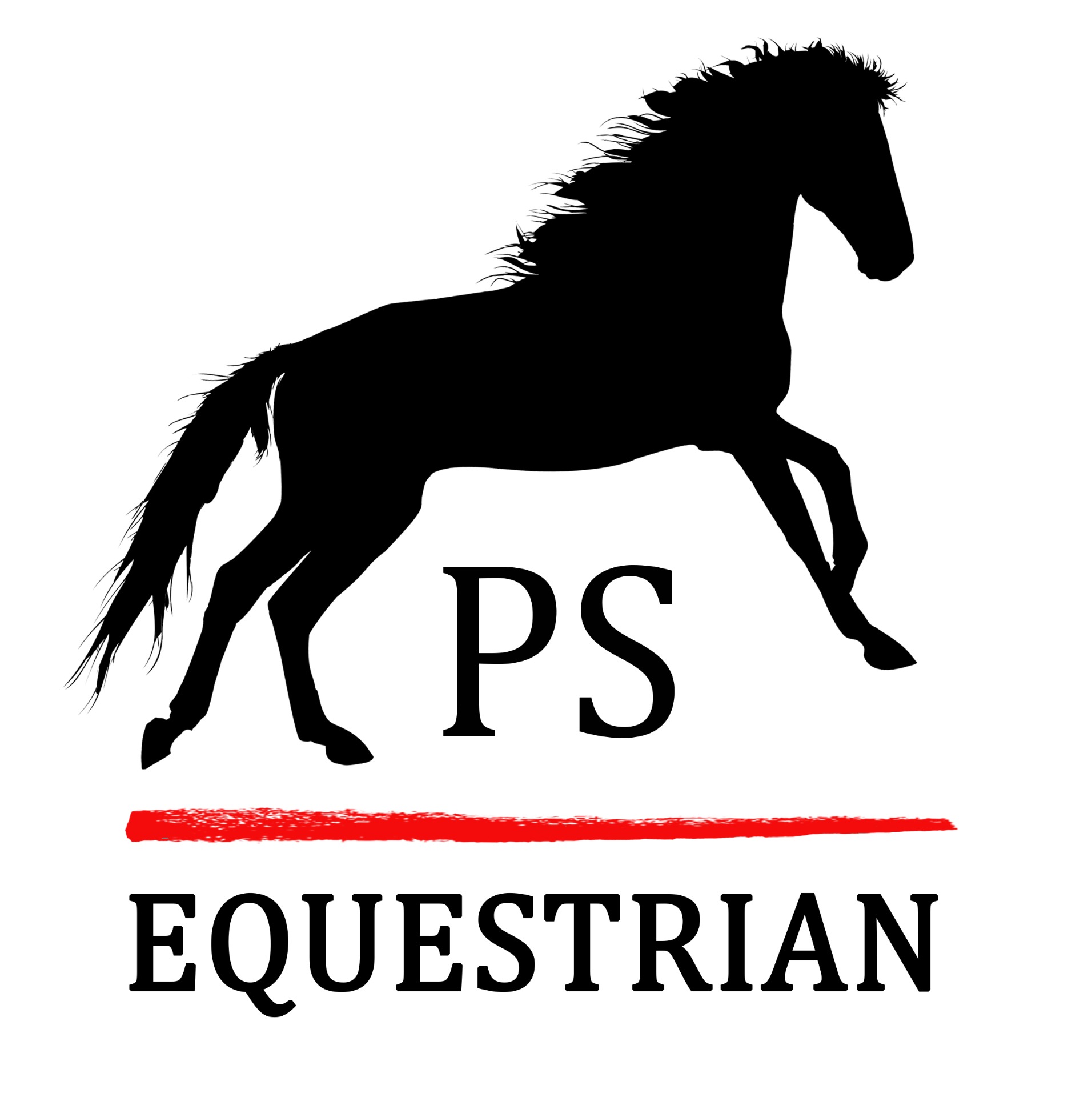How Federico Caprilli Changed the World of Showjumping
07/06/2023

1905 Federico Caprilli is jumping Piccola Lark
While arguably not the most talented of riders, Federico Caprilli is nonetheless one of the most influential horsemen to have ever lived.
A Backward Glance to a Traditional Style of Riding
These days, few riders would consider leaning back and lifting their hands as they approach a jump but, before Federico Caprilli came along, that was common practice.
Military horses, as well as steeplechasers, jumpers, and hunters, were tightly collected both going into and over an obstacle. Riders sat back in the saddle, either sitting stiffly erect or tilting back, placing their weight behind the horse’s centre of gravity and keeping a tight hold on the reins.
These days, we shudder at such a position, knowing how much discomfort it would cause a horse but, back in the 1800s, it was consistent with the belief that this alleviated the strain on what was understood to be a “fragile” forehand.
As an Italian cavalry officer, Caprilli dedicated himself to studying the horse’s mechanics of locomotion. By analysing photographs of horses jumping, he realised that they round their bodies in the air before landing on their front feet.
He then created a whole new style of riding designed to mirror the horse’s natural movement and align the rider’s centre of gravity with that of the horse.
Taking the Forward Seat into the Future
Caprilli believed that the horse should be allowed to use his natural gaits when jumping, rather than relying on the rider. To facilitate this, he advocated a position that saw the stirrups shortened and the rider moving out of the saddle, using the thigh and lower leg for support.
With the heels down, and the knees and thighs hugging the saddle, the rider could adapt his movements to those of the horse. Positioned over the horse’s centre of gravity, the rider no longer interfered with the horse’s natural movement, allowing him to lengthen his stride and jump freely. He realised that the contact should be soft and that the rider should give freedom with their hands to allow the horse to move his neck freely. The rider hands shouldn’t interfere with the horse’s natural movement and bascule.
Like Xenophon before him, Caprilli wanted to train a horse that could think for itself and respond with enthusiasm, rather than being forced to cooperate with artificial aids like curb bits and rowelled spurs.
Where the Forward Seat Took Caprilli and the Italian Cavalry
Caprilli may not have set out to revolutionise horse riding - his goal was to improve the military system and create a skilled cavalry - but his legacy lives on.
His techniques weren’t always as celebrated as they were today, however, and his revolutionary approach cost him his position of lieutenant in the Italian cavalry.
It was only some years later that his techniques saw the Italian cavalry dominate international competitions, making Caprilli’s forward seat and minimalist approach a worldwide phenomenon.
When Federico Caprilli died at the age of 39, leaving behind a huge gap in our understanding of his system.
What he did leave, however, was a more compassionate way of riding that transformed equitation and gave horses the freedom to move naturally under saddle.

